Patience with Trees
alexiebalexie
7 years ago
Featured Answer
Sort by:Oldest
Comments (34)
ken_adrian Adrian MI cold Z5
7 years agoalexiebalexie
7 years agoRelated Discussions
Time and Patience
Comments (6)Catrose - I think that "rule of thumb" is meant to apply to climbing roses only. I have seen it in my garden lots of times - the first growth on a new baby climber is small, short canes that sometimes go sideways, and look pathetic. Then they just sit there. Then in a year or two you get the first real climbing cane, which is 3-4 times larger in diameter than those first babies, and goes up like an elevator. I totally agree about the fact that pics of pretty blossoms are not helpful when trying to decide about a rose. If I cannot find pics of the entire bush on HMF, I just google it - you would be amazed how many pictures show up. If that does not work, I ask on here, and some kind person usually will have a picture to post. Jackie...See MoreFig Trees just planting anything special on care?
Comments (37)I need some help/advice. The only thing i have ever planted are vegetable plants. last spring a co-work gave me a fig tree cutting. Tt was about 6 inches high and had no leaves on it. i repotted it into a five gallon container and gave it a shot of MG fertilizer for tomatoes as that is the only fertilizer I had. It gree very well and i got some very small figs on it but that ws it.My friend told me to expect that and that i would get figs next year. He told me wait until the leaves fell off (I live in upstate New York and my first frost date is around Sept 15th. He said to put the container in my garage away from light which i did and to water it about once a month which i did. This spring i put the container out and gave it the same fertilizer. I am in zone 6b and my last frost date is May 15th. At first nothing seemed to happen. he advised me to check all the branches and to cut a little off the top of each one. if the wood was brown to keep cutting until i reached green which i did and all of a sudden the thing took off. It got so big that I decideed to put it into a 10 gallon container. before long the tree was filled with green figs. in all there are now about 2 and a half dozen very large figs on the plant. I checkeda few website and determined that the figs i had were called Conadria because of their light green color. I also noticed that the figs were very hard and this was now into August. I spoke with someone from Willis Oorchard who told me that the figs should ripen before my last frost date. I also found out that they grow bst in zone 8 and above. two weeks ago I noticed two of the figs were turning a purple color. that week were were hit with heavy rains and when it stopped two of the figs were nice and soft so I picked them and they were very sweet however the rest ofthe figs are still hard and some are starting to turn purple. Is there a chance that the figs will ripen before i get my first frost?? what type of fertilizer should I be using and how much and how often. I know that when my tomaotes do not ripen in time i put them in a brown paper bag in a dark closet and they will turn red. Will the ame thing happen with figs?? I forgot to mention that i plantedthe tree in MG potting soil for containers. I will be heading up to Canada tomorrow morning so if canyone can give me advice before then it would be appreciated. Thanks...See Moregrowing peonies from seed
Comments (9)Hi Sue, I've never heard of anyone other than a breeder growing lilacs from seed. I have 3 different lilacs, all given to me as rooted suckers. However if you are thinking about propagating yours from seed, who knows...the next fabulous fad to hit the plant world might be the chemocurl lilac! Dave, the huge prices reliable nurseries charge for rockiis make me think they have to be older before they bloom. Maybe they don't graft well? Last year's seed had a germination rate that was awesome but they don't keep growing throughout the season the way other plants do. They are still seedlings. Time=money, I guess....See MoreTree Selection?
Comments (13)Insufficient data. Does the area flood? Is the soil sandy, muddy, compacted, clay, salty, alkaline, or acidic? What threats will the tree face? Is the area windy? Any local epidemics of tree diseases? How close to the house and fence will the tree be? What do you want in a tree? How patient are you? Tulip trees are a good choice if you have the space. Nysa sylvatica is a good choice if you have the patience. Tulip trees grow fast, are immune to a lot of recent epidemics, and have big flowers. Problem is they get huge and are vulnerable to wind. Nyssa sylvatica have great fall color, strong wood, and immunity to a lot of recent diseases. Trick is they grow slowly and are hard to transplant. Black Maple Sugar Maple, and Sweetgum are all classic choices for fall color. Scarlet Oak, Sassafras, and hickory are less common options. It doesn't have good fall color and is hard to transplant, but I like beech....See Morececily
7 years agoalexiebalexie
7 years agoEmbothrium
7 years agolast modified: 7 years agoedlincoln
7 years agolast modified: 7 years agoalexiebalexie
7 years agolast modified: 7 years agoedlincoln
7 years agolast modified: 7 years agoEmbothrium
7 years agolast modified: 7 years agoalexiebalexie
7 years agoedlincoln
7 years agolast modified: 7 years agoEmbothrium
7 years agoalexiebalexie
7 years agolast modified: 7 years agoalexiebalexie
7 years agolast modified: 7 years agoedlincoln
7 years agolast modified: 7 years agoalexiebalexie
7 years agolast modified: 7 years agoedlincoln
7 years agoalexiebalexie
7 years agolast modified: 7 years agoedlincoln
7 years agoEmbothrium
7 years agolast modified: 7 years agoalexiebalexie
7 years agoEmbothrium
7 years agolast modified: 7 years agoedlincoln
7 years agolast modified: 7 years agoalexiebalexie
7 years agoOntario_Canada5a_USDA4b
7 years agolast modified: 7 years agoalexiebalexie
7 years agoedlincoln
7 years agoalexiebalexie
7 years agolast modified: 7 years agoEmbothrium
7 years agolast modified: 7 years agoalexiebalexie
7 years agolast modified: 7 years agoedlincoln
7 years agoalexiebalexie
7 years agoedlincoln
7 years agolast modified: 7 years ago
Related Stories
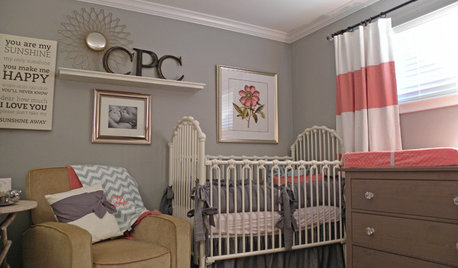
HOUZZ TOURSMy Houzz: Patience and Resourcefulness Pay Off in Dallas
Unhurried remodeling lets a growing family stay within budget and get exactly the look they want for their Texas home
Full Story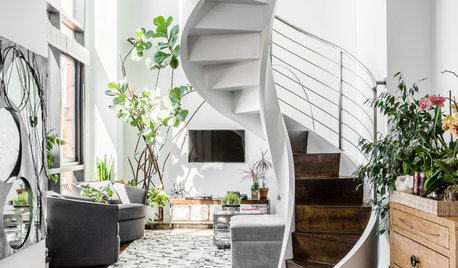
CONTEMPORARY HOMESHouzz Tour: Patience Makes Perfect
A well-considered remodel in Manhattan adds convenience, comfort and drama
Full Story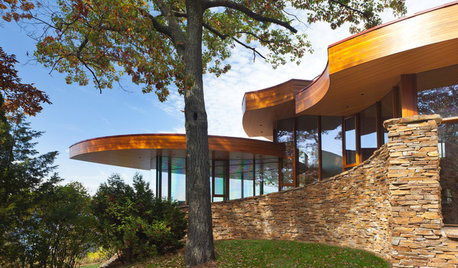
CONTEMPORARY HOMESHouzz Tour: Stunning Curved Architecture Rises Among the Trees
You can see the love of nature and organic shapes at first glance. Look more closely at this Wisconsin home and you’ll also see amazing flow
Full Story
GARDENING GUIDESWhen and How to Plant a Tree, and Why You Should
Trees add beauty while benefiting the environment. Learn the right way to plant one
Full Story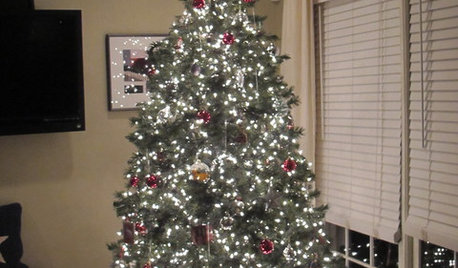
CHRISTMASHow to Light Your Christmas Tree Like a Pro
Give yourself frustration-free tree lighting this year — the trick is clever cord management
Full Story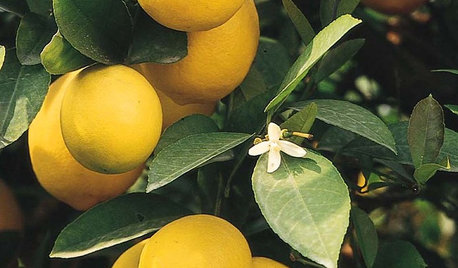
EDIBLE GARDENSThere’s a Lot to Love About a Meyer Lemon Tree
See how to grow this sweet fruit tree
Full Story
LANDSCAPE DESIGN7 Great Trees for Summer Shade and Fall Color
These landscape-pro faves straddle the seasons beautifully. Could one enhance your own yard?
Full Story
GARDENING GUIDESGrow Your Own Privacy: How to Screen With Plants and Trees
Use living walls to lower your home and garden's exposure while boosting natural beauty in your landscape
Full Story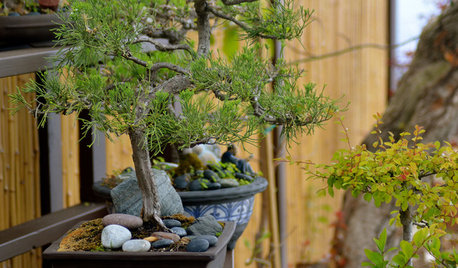
CONTAINER GARDENSLittle by Little: Why Growing a Bonsai Could Change Your Life
Tap into the gentle and intriguing world of bonsai and let it teach you the joy of patience
Full Story
FARM YOUR YARD6 Things to Know Before You Start Growing Your Own Food
It takes time and practice, but growing edibles in the suburbs or city is possible with smart prep and patience
Full Story


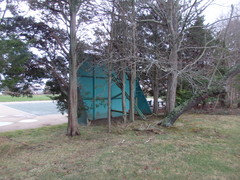
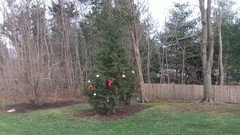
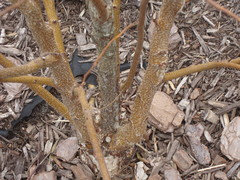
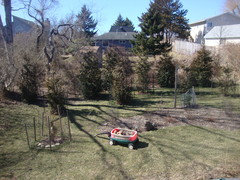

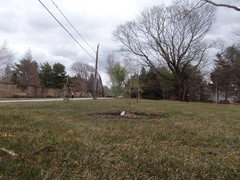
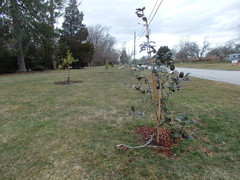

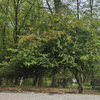
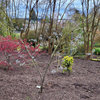
NHBabs z4b-5a NH